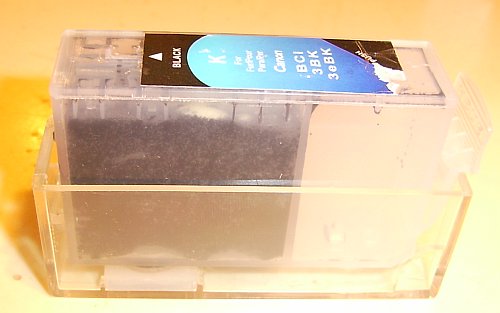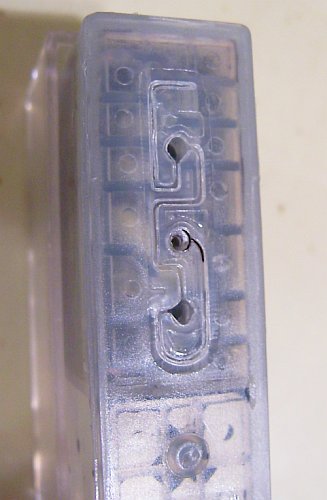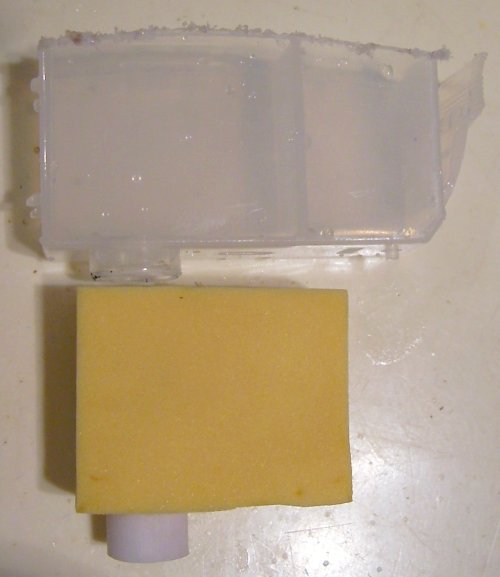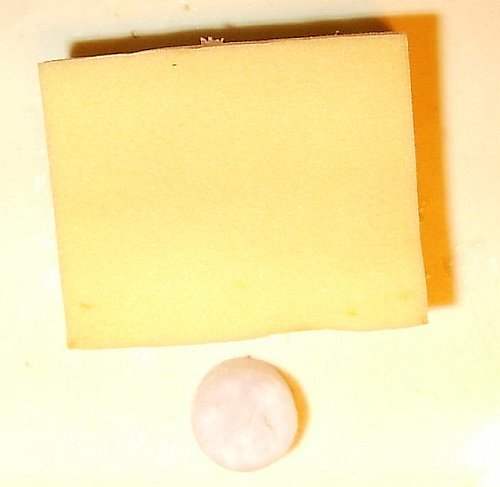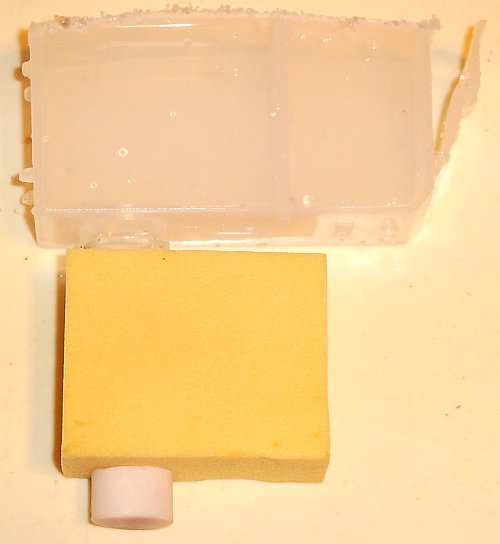- Thread starter
- #51
- Joined
- Nov 3, 2004
- Messages
- 3,046
- Reaction score
- 1,405
- Points
- 337
- Location
- Bay Area CA
- Printer Model
- CR-10, i560 ,MFC-7440N
Guys, thanks so much for your images... "a picture is worth a thousand words"... well, it's true and I'd rather spend 2 mins taking / posting a few pictures than typing 5000 words!
By the way, I've copied your posts into the nifty-stuff gallery and edited your posts to point to those images. This will make sure that the images are always available.
http://www.nifty-stuff.com/gallery/inkjet-refill-1
By the way, I've copied your posts into the nifty-stuff gallery and edited your posts to point to those images. This will make sure that the images are always available.
http://www.nifty-stuff.com/gallery/inkjet-refill-1

